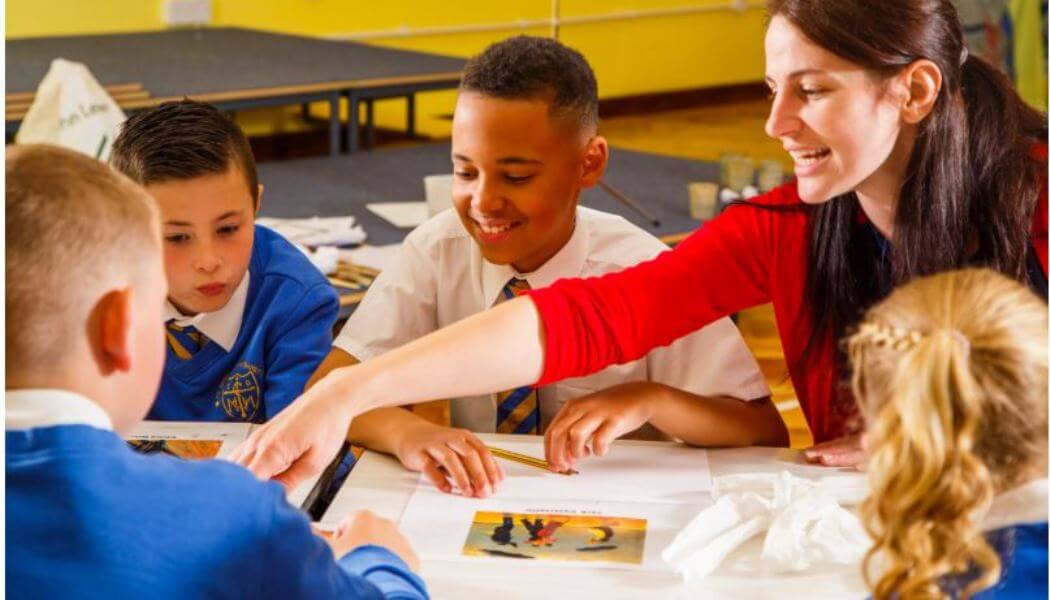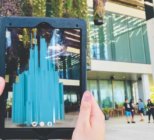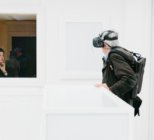At Arts Connect the ‘Bridge organisation’ for the West Midlands, we feel it is important for us to understand what motivates today’s young people to take part in culture in order to support the arts and cultural sector, schools and other cultural providers to increase the level of engagement and the quality of cultural experience for young people in the region.
That is why the aim of the recent Young Cultural Journeys Report 2018 that we commissioned and the ongoing research project is to provide actionable data and intelligence about the globally connected, technology enabled lives young people are living today, so we can understand young people’s world-views, needs, motivations, expectations and desired outcomes.
For the report, we commissioned Morris Hargreaves McIntyre, the largest cultural strategy agency in the UK and one of the UK’s most creative participatory arts organisation, We are Frilly and they began work in December 2016. On 26 June 2018 we shared our findings at a seminar event.
What does the research tell us?
The project included in-depth research with 207 young people and peer-led surveys of 1,607 young people (age 11 – 19) in the West Midlands.
The resulting report gives a rich and robust insight into the lives of digitally-native young people, their journeys and attitudes to arts and culture, as they define it, and its place in their lives. The report includes 13 key findings and 16 recommendations for the cultural and education sectors so that they can remain relevant to young people, and cultivate young audiences.
Young Cultural Journeys Report 2018 - 16 Recommendations
- Engage young people in the context of their own world-views, needs, motivations, expectations and desired outcomes
- Embrace young people’s wider perceptions of arts and culture
- Engage with young people as young as possible and appropriate for the activities
- Engage family who remain influential throughout young people’s lives
- Engage through schools to broaden perceptions of arts and culture and increase engagement
- Provide and signpost young people to high-quality resources which reflect their interests
- Provide for the range of social, intellectual, emotional and spiritual outcomes desired at different ages and from both programming and the wider wrap-around experience.
- Ensure that venues are welcoming to young people in their ambience, social spaces, provision of affordable food and drink and free wifi
- Create an embedded digital approach recognising that (most) young people are constantly connected but acknowledge pockets of lower digital engagement
- Utilise YouTube as a core content provider for high quality cultural content
- Provide comprehensive digital content
- Address multiple and interlocking barriers around price, awareness and perception of provision which constrain greater consumption of arts and culture
- Increase cultural offer local to young people
- Provide young people with opportunities to pursue their desired development of creative practice and skills in digital and fashion, including computer game design, vlogging, design / making fashion and films and website / app design
- Offer advice and provide training for creative futures and careers
- Provide creative skills development opportunities and opportunities to showcase work.
In the report there is also a background to these recommendations, fore example the background recommendation to number ten reads:
YouTube was the most referenced platform in the qualitative elements of our recently published research. It came in third place across the quantitative, behind Snapchat and Instagram. As Snapchat is a peer to peer messaging platform, contact might feel unprofessional and inefficient due to the short lifespan of the content. Instagram can bridge the gap between quick and friendly follower engagement but was less accessed by those in disadvantaged areas. YouTube is universal. In our research, YouTube was the most popular platform for 58% of 10-11 year olds.
Mobile technology provides instant and constant, global connection to content which means four of the five most common forms of cultural consumption in young people’s free time were flexible and potentially portable.
What does this mean for the sector?
Some organisations are already populating their own Youtube channels but suffer from low engagement and views. So we ask:
- How is this content relevant and engaging to children and young people?
- Who creates and curates it?
- Who is it for?
- How do you measure that success and relevance?
We believe the arts and cultural sector cannot problem solve this without the voice of young people in their organisations. Creating opportunities for young people to autonomously take the lead may feel risky but will yield rewards.
Who are Arts Connect?
Arts Connect is the ‘Bridge’ organisation for the West Midlands and an initiative of The Faculty of Arts of the University of Wolverhampton. We are funded by Arts Council England to work to improve the access and engagement of children and young people aged 0–25 in arts and culture.
If you wish to know more about the project please contact [email protected]
For more information on our services and activities please visit www.artsconnect.co.uk











